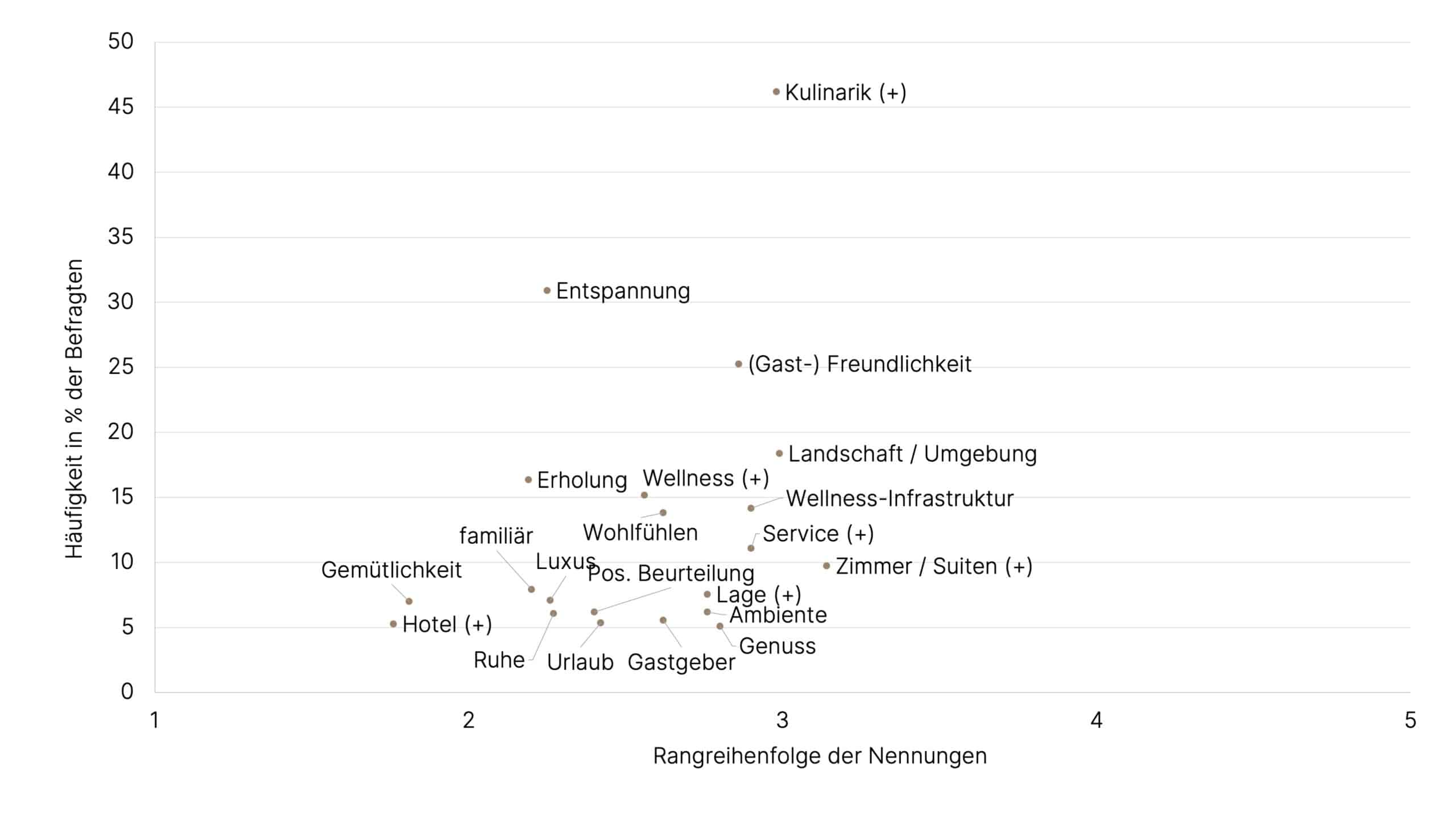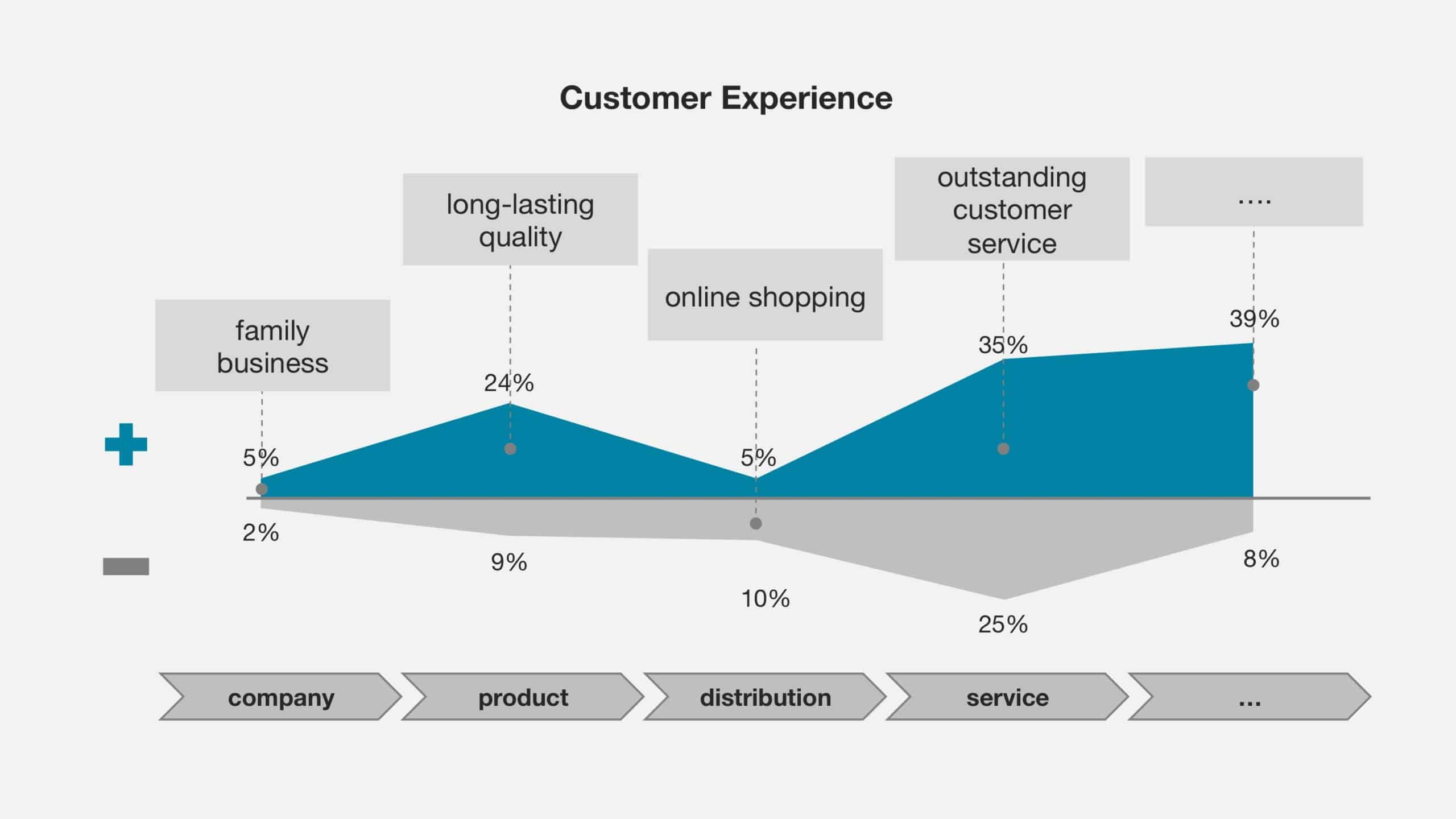CUSTOMER SATISFACTION AS A FACTOR FOR SUCCESS
Higher customer satisfaction requires market research insights
Information regarding customers’ satisfaction with product and service experiences is a prerequisite for continuous improvement and innovation – with the ambition of excellence.
Top questions
- Which elements of the service process/product features drive customer enthusiasm/dissatisfaction?
- Which changes to these product features/service elements are absolutely necessary?
- What is the minimum performance level to avoid customer dissatisfaction?
- At which level of performance do further improvements become inefficient to achieve higher customer satisfaction?
Customized satisfaction research
We specifically design surveys for your business and use the best combinations of scientifically sound methods. We have vast experience even in complex B2B settings.
Implications for action and support in implementation
We accompany our clients throughout the entire process, from defining the scope of research, setting objectives and the implementation of improvements. You receive action-oriented information and recommendations to implement customer-centric processes and contact points. Our strategy consultants accompany this process and help to establish customer orientation in your company.
Continuous improvement with ongoing customer satisfaction monitoring
Monitoring of the most relevant satisfaction and touchpoint KPIs (such as the Net Promotor Score (NPS), performance ratings, complaint frequency and content, as well as positive and negative experiences) help to continuously improve processes in a customer-centric way.
We help you to create an efficient customer satisfaction monitoring system using both internal and external data sources.
Exemplary outputs from customer satisfaction studies

Associations

Net Promotor Score (NPS)

Driver Analysis

Rating scales

Adventures

Contact point analysis

Levers for improvement
Toolbox
AI supported text analysis
Analysis of scanner data
Associative/Projective Techniques
Observation
Image worlds
Brand Association Maps
Cluster/factor analyses
Collages
Conjoint analyses
Critical Incident Technique
Customer journey
Diaries
Dynamic Analysis
Individual interviews/in-depth interviews
Experience mapping
Expert interviews
Free Associations
Friendship Pair Interviews
fsQCA
In-home, in-store or in-company interviews
Causal/driver analyses
Max Diff
Means-end chain analysis
Morphological box
Multi Sensory Sculpting®
Mystery shopping
Net Promoter Score (NPS)
Netnography
Online focus groups
Online surveys (CAWI)
Paper & Pencil surveys
Regression analyses
Storytelling
Scenario Analysis
Telephone surveys (CATI)
Traditional focus groups
Trend reports
Time series analyses
Context analysis



















